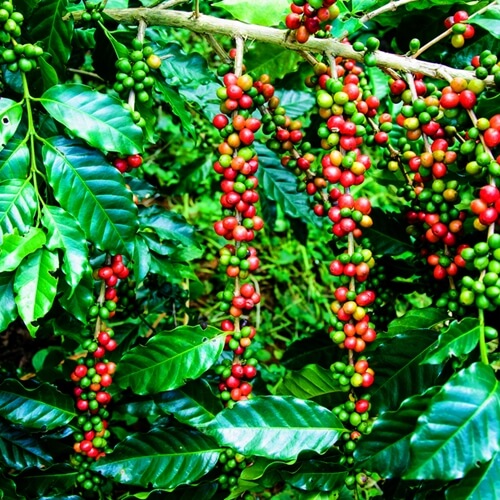Coffee Flour: Nutritious and Sustainable

Dan Belliveau, a former Starbucks director of technical services, realized how much waste was being made by the coffee farming process and decided to create something. Two years later, in April of 2012, Coffee Flour was born.
The product
Coffee Flour is a byproduct of harvesting coffee beans. The beans that we consume are the seed of a coffee cherry. After the seed is extracted, the cherry pulp is most often left in heaps to rot. According to Sprudge, some reports show that the leftovers from this process weigh around 2.5 times the bean that goes into our daily lattes. When Belliveau saw this nutritious fruit being forgotten, he began experimenting to find a way to use it.
The flour, which resembles regular wheat flour but is brown or tan, contains five times more fiber than whole grain wheat flour. It has three times more protein per gram than kale, three times more iron than spinach and two times the amount of potassium found in a banana.
According to Coffee Flour, Belliveau hopes the ingredient will provide jobs, revenue and helpful nourishment to people in the countries that currently host coffee farming as well as in areas where it is outsourced to. It will also help to remove the cherry pulp waste from the lands and watersheds that it is affecting when not reused.
Uses of Coffee Flour
The coffee byproduct is not so tasty on its own and should be used with other flours, according to the inventor. Belliveau and his wife first tried the flour in granola and shortbread. With the right ratio of Coffee Flour to regular flour and other necessary ingredients, they found that the new ingredient added a citrus, floral fruity flavor.
According to an editorial on Coffee Flour, James Beard Award-winning chef Jason Wilson, owner and head chef of Seattle’s Crush restaurant, first started using the flour shortly after it hit the market in 2012. He experimented with the flour in making financiers and found that 100 percent flour was too intense. He changed to 25 percent instead and added sugar, hazelnuts, almonds and eggs which made for a delicious, robust-flavored cake. He then tried making pasta and found that 25 percent coffee flour was perfect for brightening the flavor of the noodles. Chef Wilson came across the ingredient when searching for something new and different to work with. As students studying baking and pastry arts can attest to, working with an ingredient that other chefs haven’t tried can be an exciting draw for customers.
As of December 2014, Coffee Flour is in production in Mexico, Vietnam, Guatemala, Nicaragua and Hawaii and the company has plans to move to countries in South America, Africa and Asia.
Coffee Flour is slated to hit shelves in 2015.


